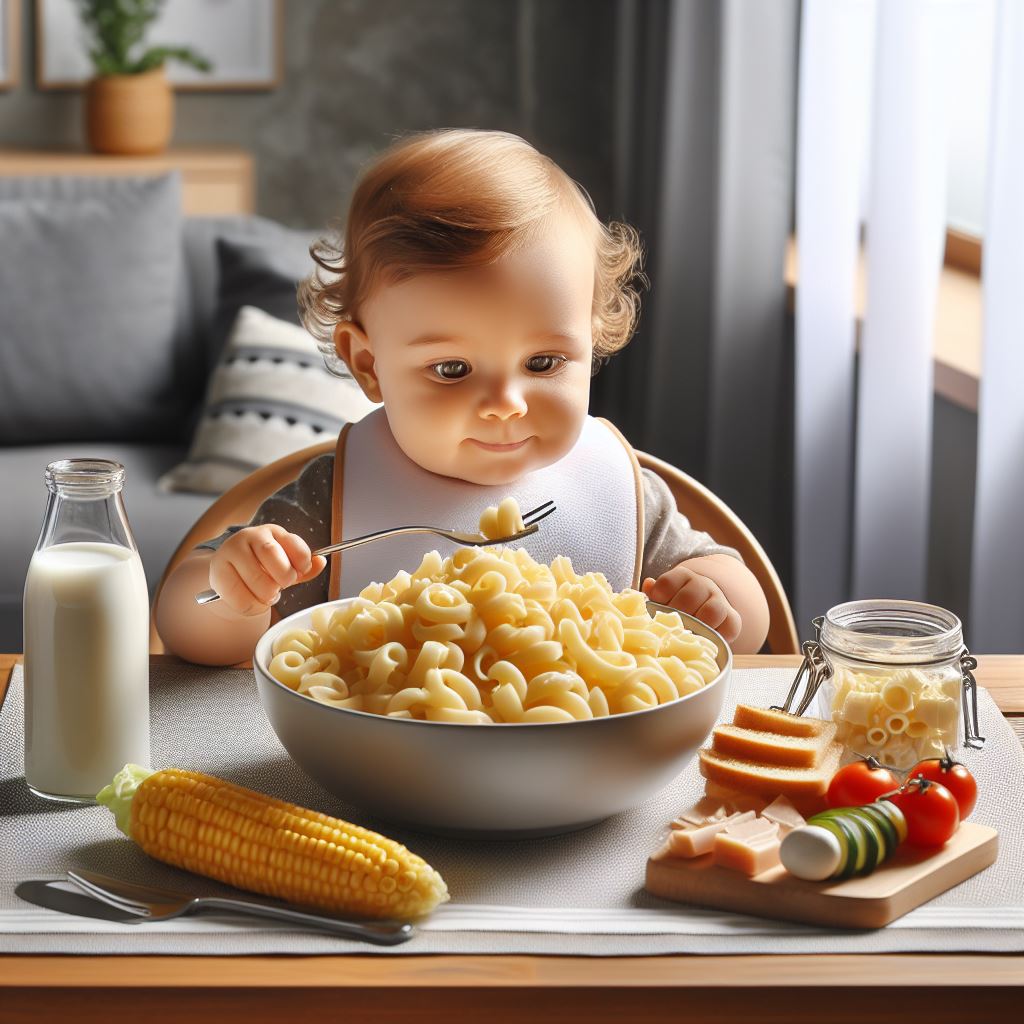Spätzle is a beloved dish from Central Europe, especially popular in Germany, Austria, Switzerland, and Hungary. This egg pasta is known for its soft, chewy texture and versatility in various dishes. Whether served as a side dish or a main course, Spätzle brings a comforting, homemade touch to any meal.
Table of Contents
The Origins of Spätzle: A Culinary History
Spätzle has been a staple of Swabian cuisine for centuries, with the earliest records dating back to the 18th century. The dish originated in the Baden-Württemberg region of Germany, where it became a fundamental part of the local diet. Over time, Spätzle spread to other parts of Europe, gaining popularity due to its simplicity and delightful texture.
Etymology: The Meaning Behind the Name “Spätzle”
The word “Spätzle” derives from the Swabian German word “Spatzen,” which means “little sparrows.” This name likely comes from the pasta’s irregular shape, which resembles small birds. In some regions, it is also called “Knöpfle,” meaning “little buttons,” emphasizing its small, rounded appearance.
How Spätzle is Made: Traditional and Modern Methods
Making Spätzle is a straightforward process that requires only a few basic ingredients: flour, eggs, water, and salt. Traditionally, the dough is pressed through a Spätzle maker or a colander with large holes into boiling water. Once the noodles float to the surface, they are ready to be drained and served.
Modern variations include using a food processor or a stand mixer to prepare the dough. Some people also add milk or nutmeg to enhance the flavor.
Spätzle vs. Knöpfle: What’s the Difference?
Here’s a table comparing Spätzle and Knöpfle to highlight their differences:
| Feature | Spätzle | Knöpfle |
|---|---|---|
| Origin | Southern Germany, Austria, Switzerland | Mainly Swabian region in Germany |
| Shape | Long, soft, irregular dumplings | Small, round or button-like pieces |
| Texture | Soft and chewy | Slightly firmer and more delicate |
| Dough | Made with eggs, flour, salt, and water | Similar to Spätzle, but may be slightly firmer due to less water |
| Preparation Method | Dropped into boiling water or scraped from a board | Usually pressed through a special mold or by hand |
| Serving | Often served with sauces or gravies | Typically served with butter, cheese, or in soups |
| Traditional Use | Served as a side dish or in casseroles | Often served as a side dish with meats, especially in Swabian cuisine |
Regional Variations: Spätzle in Germany, Austria, and Beyond
Spätzle, the beloved egg noodle dish, is deeply rooted in Central European cuisine. While it is most commonly associated with Swabia in Germany, this dish has various regional adaptations across Austria, Switzerland, and even parts of Hungary and Italy. Below is a step-by-step exploration of how Spätzle differs in these regions.
1. Swabian Spätzle (Germany) – The Traditional Style
Swabia, in southwestern Germany, is considered the birthplace of Spätzle. This version is soft, chewy, and often served with cheese or meat dishes.
Ingredients:
- 2 cups flour
- 4 eggs
- ½ cup water or milk
- 1 tsp salt
- A pinch of nutmeg
Steps:
- Prepare the dough: Mix flour, eggs, salt, nutmeg, and water/milk until you get a sticky batter.
- Shape the noodles: Use a Spätzle press, a board, or a colander to push the dough into boiling salted water.
- Cook the Spätzle: Once they float, remove them with a slotted spoon and rinse briefly in cold water.
- Serve: Traditionally, they are pan-fried with butter or mixed with cheese to make Käsespätzle.
2. Austrian Spätzle – The Alpine Influence
In Austria, Spätzle is called “Nockerl” and is often served as a side dish with rich stews or cheese-based dishes.
Differences:
- The dough is slightly thicker, making the noodles denser.
- Austrian Spätzle is often paired with creamy mushroom sauces or game meats.
Steps:
- Make the dough as per the Swabian recipe, but add less liquid for a firmer texture.
- Shape the Nockerl using a spoon rather than a press, forming small, dumpling-like pieces.
- Cook and serve with hearty dishes like goulash or in soups.
3. Swiss Spätzle (Chnöpfli) – The Small Dumplings
In Switzerland, Spätzle is known as “Chnöpfli” because of its rounder, button-like shape.
Differences:
- The dough contains extra eggs and sometimes cream for a richer texture.
- Chnöpfli is often served with cheese, caramelized onions, and crispy bacon.
Steps:
- Prepare a richer dough by increasing the number of eggs and adding a bit of cream.
- Shape the noodles into small, round drops using a colander or a dedicated Spätzle maker.
- Boil and sauté the Chnöpfli in butter for extra crispiness before serving.
4. Hungarian and Italian Variations
Spätzle has also found a place in Hungarian and Northern Italian cuisine.
Hungary:
- Known as “Nokedli,” it is softer and usually served with paprikash or stews.
Italy (South Tyrol):
- Here, Spätzle is often made with spinach and served with creamy sauces or cheese.
Steps:
- For Hungarian Nokedli: Use a wetter dough and drop it into boiling water using a spoon.
- For South Tyrolean Spinach Spätzle: Blend spinach into the dough before shaping and cooking as usual.
Popular Spätzle Dishes: From Side Dish to Main Course
Spätzle can be enjoyed in many ways, including:
- Käsespätzle: A cheesy version similar to mac and cheese.
- Linsen mit Spätzle: Lentils and Spätzle, a hearty Swabian dish.
- Spätzle with Mushroom Sauce: A creamy, flavorful option.
- Spätzle with Roasted Meats: Often paired with beef or pork dishes.
Homemade Spätzle Recipe: Step-by-Step Guide
Ingredients:
- 2 cups all-purpose flour
- 2 large eggs
- 1/2 cup water or milk
- 1/2 teaspoon salt
- 1/4 teaspoon ground nutmeg (optional)
Instructions:
- Prepare the Dough: In a bowl, mix flour, salt, and nutmeg. Add eggs and water/milk, stirring until a sticky dough forms.
- Boil the Water: Bring a large pot of salted water to a boil.
- Shape the Spätzle: Press the dough through a Spätzle maker, colander, or spoon it into the water.
- Cook Until Floating: When the Spätzle floats to the surface, let it cook for another 1-2 minutes before removing it with a slotted spoon.
- Serve and Enjoy: Toss with butter, cheese, or your preferred sauce.
Spätzle in Swabian Culture and Literature
Spätzle is deeply rooted in Swabian culture, appearing in folk tales, poems, and local traditions. It is often served during festive occasions and family gatherings.
The Global Popularity of Spätzle: From Local Specialty to International Dish
While once a regional specialty, Spätzle has gained international recognition. Many restaurants worldwide now include it on their menus, and pre-packaged Spätzle can be found in grocery stores globally.
Spätzle remains a cherished dish, offering comfort and tradition in every bite. Whether you make it from scratch or buy it ready-made, Spätzle is a delicious and versatile addition to any meal.
Conclusion:
Spätzle, a traditional egg pasta from Central Europe, is popular in Germany, Austria, Switzerland, and Hungary. Originating in the Swabian region of Germany, it is known for its soft, chewy texture and versatility. While traditionally made by pressing dough into boiling water, variations exist across regions, such as Swiss Chnöpfli and Austrian Nockerl, each with slight differences in texture and shape. Spätzle has evolved into a beloved dish worldwide, enjoyed in various forms—from a simple side dish to a hearty main course—demonstrating its enduring popularity and cultural significance.
FAQs
1. What is Spätzle?
Spätzle is a traditional egg noodle dish from Central Europe, particularly popular in Germany, Austria, Switzerland, and Hungary. It is made with flour, eggs, salt, and water, and has a soft, chewy texture.
2. What’s the difference between Spätzle and Knöpfle?
While both are similar egg pasta dishes, Spätzle is typically longer and more irregular in shape, whereas Knöpfle is smaller, rounder, and often referred to as “little buttons.”
3. How is Spätzle made?
Spätzle dough is made from flour, eggs, salt, and water, and is pressed through a Spätzle maker or colander into boiling water. Once they float, they are cooked for a few more minutes and ready to serve.
4. What can I serve with Spätzle?
Spätzle is commonly served with cheese (Käsespätzle), meat dishes, or rich sauces like mushroom sauce. It can also be enjoyed as a side to soups and stews.
5. Can I make Spätzle without a Spätzle maker?
Yes! You can use a colander with large holes or a spoon to drop the dough into boiling water.
6. Is Spätzle gluten-free?
Traditional Spätzle contains gluten because it’s made with wheat flour. However, gluten-free versions can be made using alternative flours like rice or chickpea flour.
7. What are the regional variations of Spätzle?
In Switzerland, Spätzle is called “Chnöpfli” and is rounder and richer, often served with cheese and bacon. In Austria, it’s known as “Nockerl” and is denser, typically paired with stews.
8. How do I store leftover Spätzle?
Leftover Spätzle can be stored in the refrigerator for up to 2-3 days. To reheat, sauté in butter for extra flavor.
9. Can Spätzle be made in advance?
Yes, Spätzle can be prepared ahead of time. Once cooked, it can be refrigerated or frozen. Reheat it by sautéing in butter or adding it to your dish.

